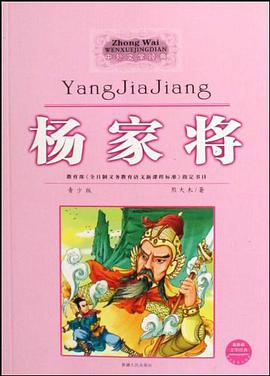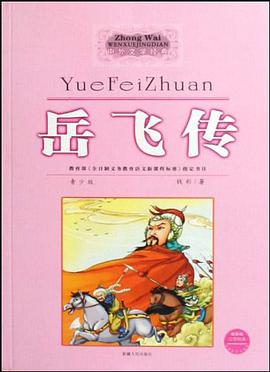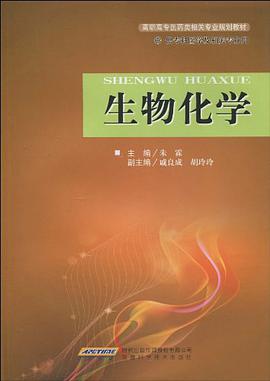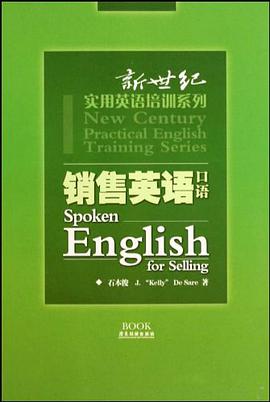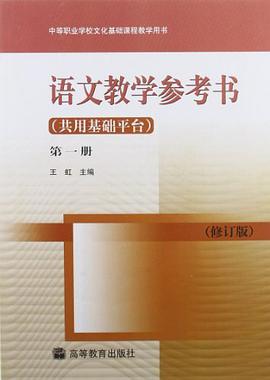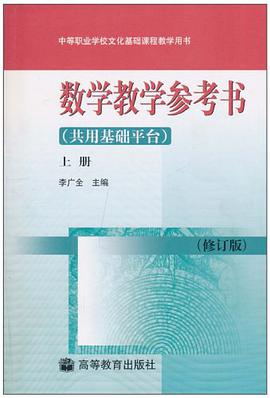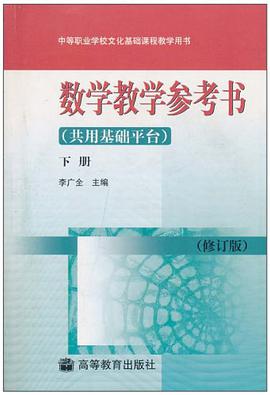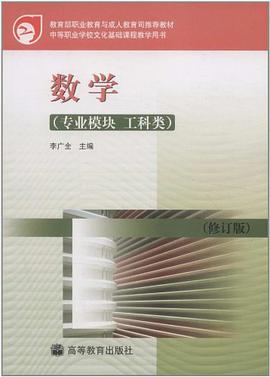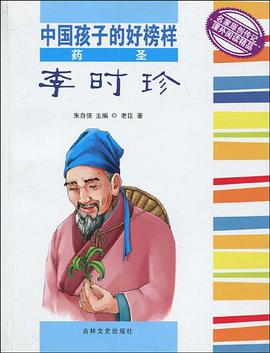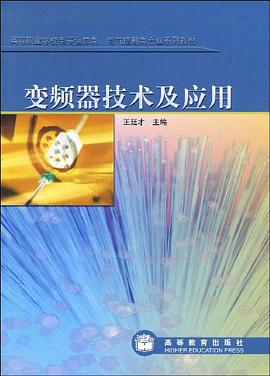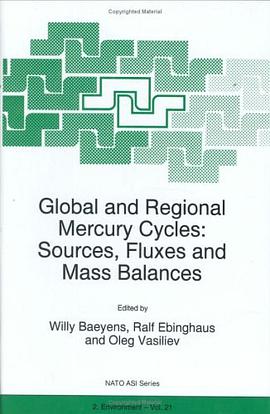
Essential themes in the biochemical cycling of mercury are the relative importance of anthropogenic versus natural sources, transformation and migration processes at the local, regional and global scale, global emission inventories of different mercury sources (both point and diffuse) of both natural and anthropogenic origin.In this regard, Siberia, with its vast territory and variety of natural zones, is of special interest in the global mercury cycle and in terms of the influence of geographical zones on source and sink terms in regional budgets. Siberia contains large areas of mercuriferous belts; natural deposits that emit mercury into the atmosphere and water. Siberian gold has been mined with the use of mercury since the early 1800s. But there, too, huge forest zones and vast areas of tundra and wetland (bogs) can act as efficient sinks for atmospheric mercury. This book is useful for environmental scientists, legislators, politicians and the interested citizen wishing to gain a clear picture of the biogeochemical cycling of mercury.
具體描述
讀後感
評分
評分
評分
評分
用戶評價
相關圖書
本站所有內容均為互聯網搜索引擎提供的公開搜索信息,本站不存儲任何數據與內容,任何內容與數據均與本站無關,如有需要請聯繫相關搜索引擎包括但不限於百度,google,bing,sogou 等
© 2025 qciss.net All Rights Reserved. 小哈圖書下載中心 版权所有





